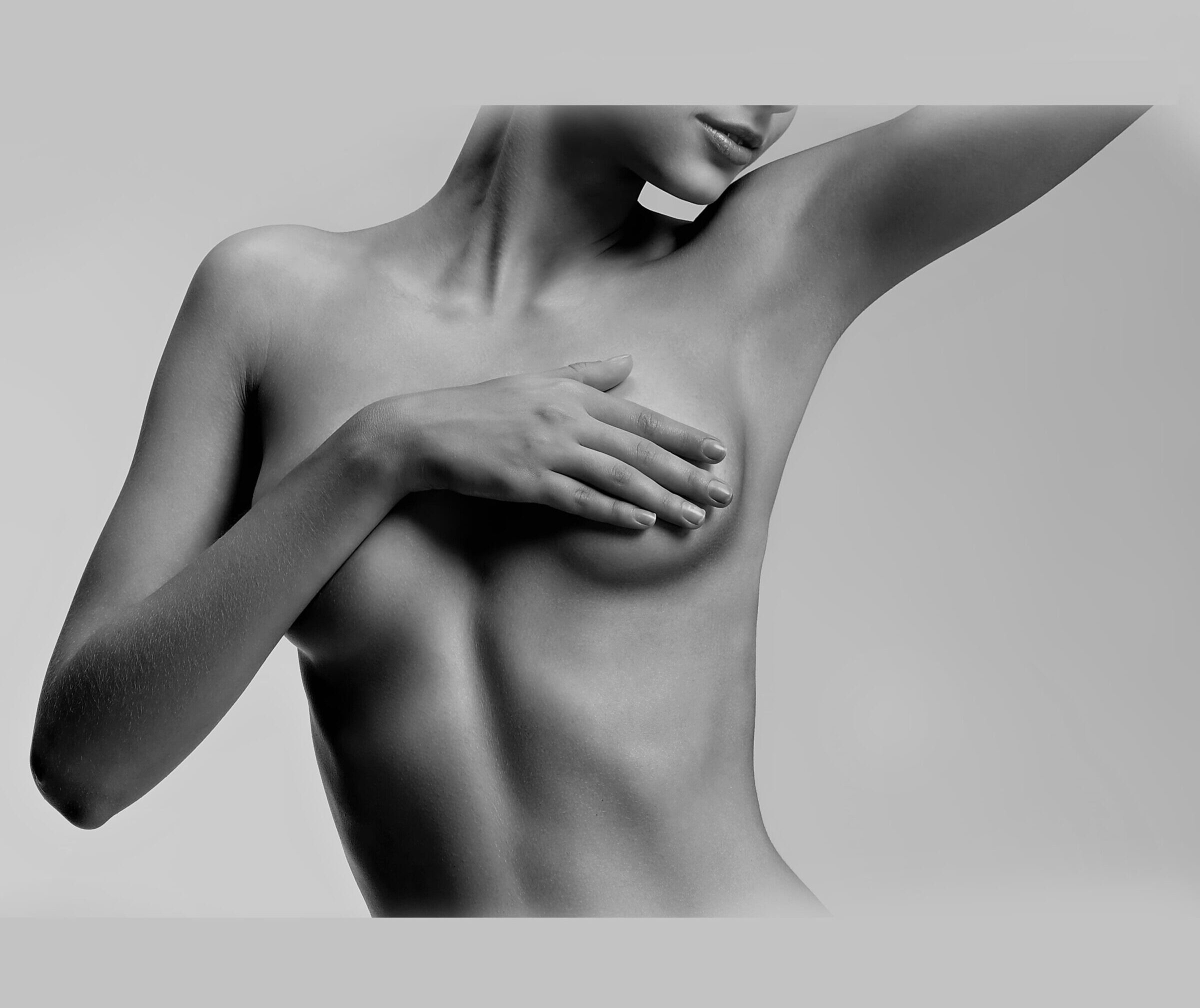
Table of Contents:
— What is Breast Reduction Surgery?
— Price
— Recovery
What is Breast Reduction?
Breast reduction, also known as reduction mammaplasty, is a surgical procedure designed to reduce breast size, achieving a more proportionate and comfortable body frame. Individuals with abnormally large breasts (macromastia) often experience back pain and discomfort that can limit physical activity. This procedure aims to alleviate such discomfort.
Additionally, breast reduction can be pursued for aesthetic reasons, enhancing self-image. The surgery involves the removal of excess breast fat, glandular tissue, and skin and may be combined with a breast lift.
Why Grand Genesis?
-
One of the largest Private Plastic Surgery Centers in Ontario, fully equipped state of the art facility located in Richmond Hill, efficient and user friendly,, but more economical than downtown luxury mini clinics
-
2 Fully Equipped Operating Rooms – 15 Recovery Beds for Overnight Stays
-
15 Plastic Surgeons (Guest & In house) – 30 Nurses
-
VERY SHORT waiting times for Consult & Surgery
Breast Reduction is Done by Following Surgeons:
Click on their images to read more about them and their background.
Price & Cost
Price: $9000-$13,000. Our surgeon can give you an exact estimate of the cost after examination & talking with you.
Who is a good candidate?
- • You suffer from neck, back, or shoulder pain due to breast weight.
- • Your breasts have fully developed.
- • Your breasts exhibit visible asymmetry.
- • You’re self-conscious about your breast size.
- • Breast size hinders your physical activity.
- • You’re in good health without significant medical conditions that could impede healing.
- • You’re a non-smoker or can abstain from smoking for at least three weeks pre- and post-surgery.
- • You have a positive outlook with realistic expectations for the procedure’s outcomes.
The Procedure
Three common incision patterns are employed in breast reduction procedures, chosen based on the required level of correction:
- The traditional method involves three incisions: around the areola, vertically from the areola to the breast crease, and horizontally along the crease. This is used when significant tissue removal is necessary.
- A vertical incision is used for moderate reduction, with incisions around the areola and a vertical line to the breast crease. For minimal reduction, the incision may be limited to around the areola. Excess skin and fat are removed through these incisions.
- Regardless of the method, the nipple and areola, still connected to their blood and nerve supply, are shifted upward, and underlying tissue is lifted for a more youthful contour. Liposuction might be employed to remove fat near the armpits.
The incisions are meticulously closed, with deep sutures supporting the new breast shape. The surgery lasts about 2 to 3 hours and is typically performed under general anesthesia. Intravenous sedation and local anesthesia might also be considered.
Recovery
Following surgery, drainage tubes might be placed at incision sites, and gauze bandages will encase your breasts. A supportive compression bra aids healing. Pain is manageable with prescribed painkillers. You can shower within 3-7 days and return to work after the first week. Limit movements in the initial week, but incorporate light walking to prevent blood clots. Avoid strenuous activities for 4-6 weeks.
Incision lines fade over time, but the final appearance of scars depends on factors like age and genetics.
Possible complications
Like any other surgical procedure, though infrequent, complications may occur and they include Fluid retention or excessive loss of blood and fluids, infection, reaction to anesthesia medications, pigmentation changes (hypo/hyper), skin numbness – this is to be expected and is usually only temporary.
Some potential complications specific to breast reduction include:
• Temporary or permanent changes in nipple or breast sensation
• Breast contour and shape irregularities
• Breast asymmetry
• Unfavorable scarring with keloid formations







Leave A Comment